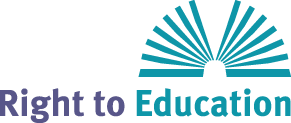Research evidence from around the world echoes that learning first in one's mother language leads to better outcomes in the future – for individuals, cultures, and nations. This indicator assesses the percentage of children who are taught in their mother tongue at a given level of education. The Committee on Economic, Social and Cultural Rights emphasise that educational programmes for minorities and Indigenous groups are conducted in their language in accordance with international human rights standards (General comment No. 21, para.27).
Convention on the Rights of the Child, Article 30; Indigenous and Tribal Peoples Convention, Article 28; International Convention on the Protection of the Rights of All Migrant Workers and Members of Their Families, Article 45.4; International Covenant on Economic, Social and Cultural Rights, Articles 13 and 15, General Comment No. 21 (para. 27).
See also non-binding instrument:
Declaration on the Rights of Persons Belonging to National or Ethnic, Religious and Linguistics Minoritiesand, Article 4.3.

For more details about learning in the mother tongue at ECCE level, refer: to UNESCO (2020), Mother Tongue and Early Childhood Education - Synergies and Challenges.